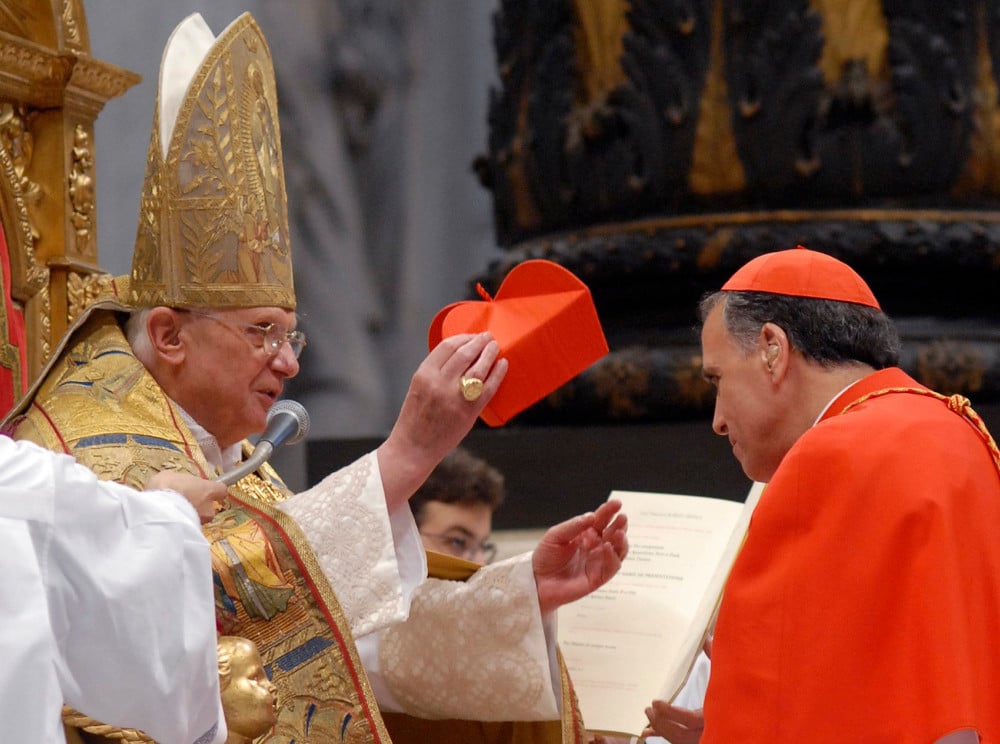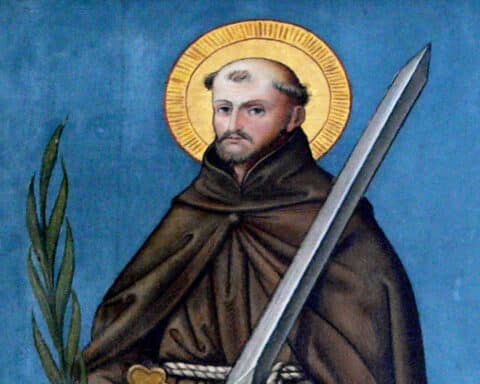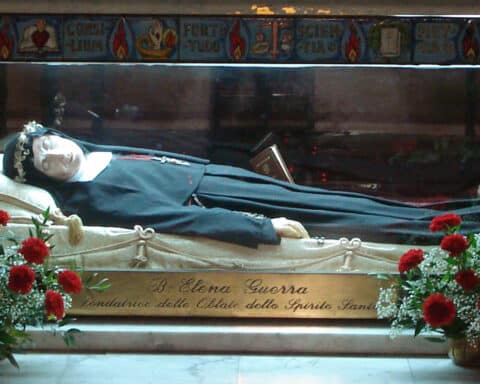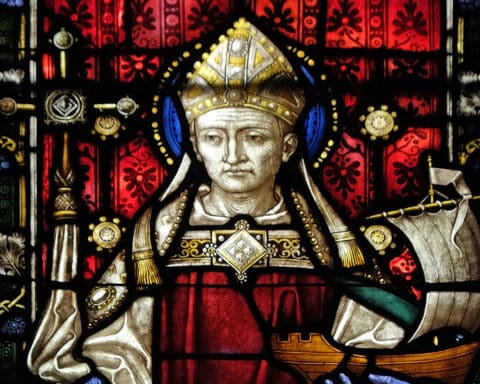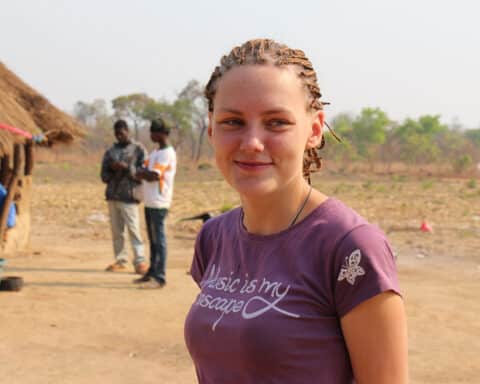Over the course of his nearly 8-year pontificate, Pope Benedict XVI achieved a great deal for the Church and the world. The following is a look at his reign as pope focusing on numbers and key facts.
3 conclaves
Cardinal Joseph Ratzinger was created a cardinal by Pope St. Paul VI on June 27, 1977. Pope Paul died just over a year later, so Cardinal Ratzinger traveled to Rome to participate in the conclave that elected Paul’s successor, Blessed John Paul I. When John Paul I died just 33 days later, Ratzinger again traveled to Rome for the conclave that elected Pope St. John Paul II. Finally, upon John Paul II’s death in 2005, Ratzinger led the conclave (as dean of the College of Cardinals) that would ultimately elect him as the 265th pope.
3 encyclicals
Each of Pope Benedict’s three encyclicals were quite long and theologically profound. Deus Caritas Est (“God is love”) was released in 2005, Spe Salvi (“Saved by Hope”) was released in 2007 and Caritas in Veritate (“Love in Truth”) was released in 2009. A fourth encyclical, Lumen Fidei (“Light of Faith”) was in the works, but was ultimately completed and released by Pope Francis in 2013.
23 years leading the CDF
On Nov. 25, 1981, Cardinal Joseph Ratzinger was appointed prefect of the Congregation for the Doctrine of the Faith (now known as the Dicastery for the Doctrine of the Faith). He resigned as archbishop of Munich and Freising on Feb. 15, 1982. He would serve the Church in his role as prefect until the death of Pope St. John Paul II on April 2, 2005. (When a pope dies, all curial officials lose their positions, and the next pope can either reinstate them or replace them. Of course, Cardinal Ratzinger was elected pope on April 19, 2005.)
25 foreign trips as pope
During his nearly eight-year pontificate, Pope Benedict XVI traveled outside Italy 25 times, visiting six continents (all but Antarctica). His only trip to the United States took place April 15-20, 2008.
45 saints canonized
Pope Benedict raised many men and women to the altars, declaring them saints and exemplars for the Christian life. There were also 870 beatifications during his papacy (some in huge groups, like the 498 Spanish Martyrs, or Petrus Kibe Kasui and his 187 companions), although most of the actual beatifications were presided over by representatives in his stead.
71 years of priesthood
Pope Benedict XVI was ordained a priest on June 29, 1951, alongside his brother, Georg, and dozens of others. He was then ordained as a bishop on May 28, 1977, and created a cardinal on June 27 of that year. His priestly and episcopal ministry featured time as a parish priest, a professor of theology, archbishop of Munich and Freising (1977-82), as well as years of work in the Roman Curia.
90 cardinals created
In five consistories, Pope Benedict XVI created a total of 90 cardinals. Only those cardinals under the age of 80 are eligible to vote in a conclave and are referred to as cardinal-electors. By the consistory held in February 2012, Benedict had named a majority of the cardinal electors, and by his final consistory in November 2012, he had named 67 of the 120 cardinals eligible to vote.
598 years between papal resignations
Before Pope Benedict did so in 2013, the last pope to resign his office was Pope Gregory XII, who did so in 1415. Gregory reigned during a time of great conflict and schism, with multiple claimants to the papacy; he resigned so that a new pope could be elected to unite the feuding parties. The last pope to resign for personal reasons was Pope St. Celestine V, who reigned for just five months in 1294.
948 years between German popes
There were several German popes from the Holy Roman Empire just before and after 1000 A.D. Until Pope Benedict XVI was elected, the most recent was Pope Victor II, whose papacy lasted from 1055-57.
1,300 bishops appointed
One of the responsibilities of the pope is to appoint bishops to lead dioceses and archdioceses around the world, to serve as the pope’s ambassadors and to serve in positions in the Vatican. There are around 5,600 bishops in the world, and over the course of his papacy, Benedict XVI appointed over 1,300 of them.
1.1 billion Catholics
The number of Catholics worldwide continues to rise, standing at just over 1 billion at the start of Benedict’s pontificate. By the end of his papacy, about another 100 million Catholics could be counted around the world.

